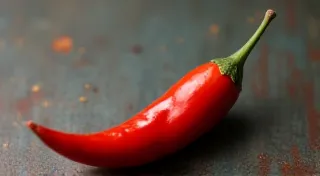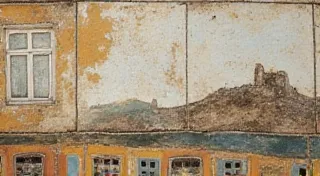Beyond the Paella: A Shadow History of Valencian Rice Cultivation and Identity
The aroma of saffron, the satisfying clatter of pans, the vibrant orange hue… paella. It’s become synonymous with Spain, a culinary emblem instantly recognizable across the globe. But to reduce Valencian cuisine to just paella is to miss a vast and complex story—a story woven with the sweat of generations, the ingenuity of farmers, and the intricate dance between nature and human endeavor. It’s a story that, much like the antique accordions I collect and painstakingly restore, whispers of a past we’re only beginning to truly hear.
My fascination with accordions, those bellows-driven instruments that breathe life into melancholic melodies, mirrors my fascination with Valencian rice. Both represent an enduring connection to the past – a tangible link to the hands and hearts that shaped them. An old accordion isn't just wood and metal; it’s the echo of a family celebration, a street musician’s livelihood, a moment of shared joy, sometimes tinged with loss. Similarly, the rice fields stretching across the Albufera lagoon aren't just agricultural landscapes; they're living documents chronicling centuries of struggle, adaptation, and the forging of a distinct cultural identity.
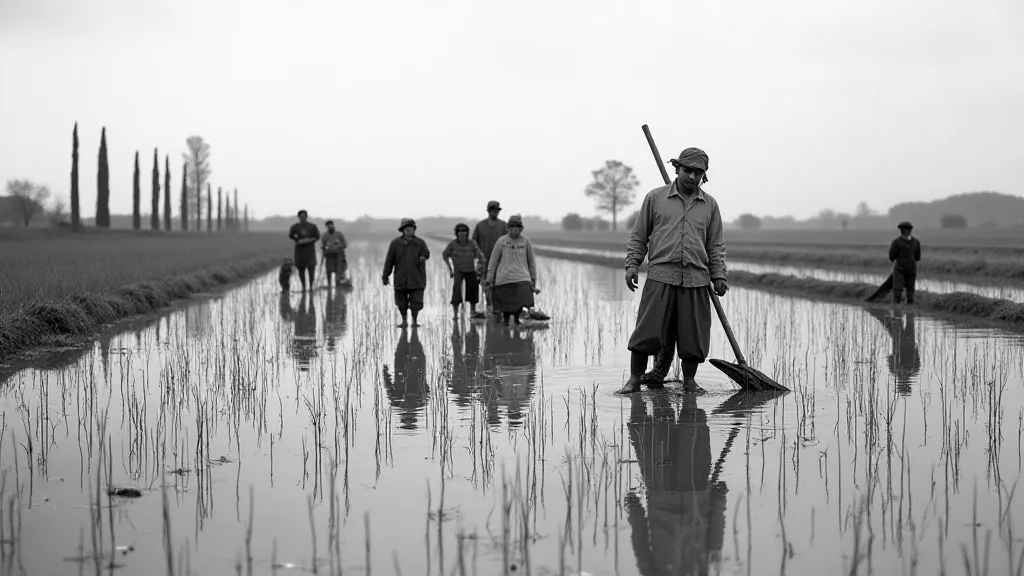
From Moorish Innovation to Valencian Staple
The story begins long before paella as we know it existed. Rice wasn’t native to Spain; it was introduced by the Moors in the 10th century. They were brilliant agricultural engineers, transforming the marshlands of the Albufera lagoon into a fertile rice-growing region. Their sophisticated irrigation systems, *acequias*, are still in use today, a testament to their ingenuity. It's sobering to remember that these systems were built and maintained by enslaved people, a crucial but often overlooked chapter in the narrative. The Moors’ understanding of water management and soil science was revolutionary, allowing for a rice harvest previously unimaginable in Europe. Consider, too, the profound cultural impact of this introduction, comparable to how certain traditions have shaped the landscapes and diets elsewhere. In some regions, the meticulous care and connection to the land can be seen mirrored in food systems; a deep appreciation for preservation techniques and seasonality shines through in places like Korea, for example, where the silent language of fermentation has created a foundational culinary element—a story explored in The Silent Language of Fermentation: Korean Kimchi as a Cultural Keystone.
After the Reconquista in 1492, rice cultivation was initially neglected. Its importance was rekindled in the 18th century, driven by economic pressures and the realization of its potential to feed a growing population. This wasn’s a triumphant return to a cherished tradition; it was a calculated agricultural strategy, intertwined with the realities of feudalism and the exploitation of labor. The complexities of these historical shifts resonate with other cultural landscapes – a connection seen in the fragrant beauty of Provence, where the scent of lavender has shaped the cuisine for centuries.
The Albufera: A Landscape of Labor and Resilience
The Albufera lagoon, a freshwater lagoon near Valencia, is the heart of this story. Its shallow waters and unique microclimate proved perfect for rice cultivation. But the work was backbreaking. For centuries, families toiled under the relentless sun, planting, weeding, and harvesting by hand. The annual flooding of the fields was a carefully orchestrated event, dictating the rhythm of life in the surrounding villages. The sheer dedication required to cultivate a landscape – adapting to its demands – mirrors the care put into other culinary traditions globally. Just as the landscape directly influences the flavors and techniques used in creating dishes, the people of Provence have developed an intimate relationship with their land and its bounty, a relationship powerfully captured in articles exploring the impact of The Lavender Fields' Kiss: Provence's Herb-Infused Cuisine and the Essence of Summer.
My grandfather, like many before him, spent his youth working the rice fields. He rarely spoke about it, but when he did, his voice would soften, tinged with a profound mixture of pride and weariness. He spoke of the camaraderie among the workers, the shared hardships, and the deep connection to the land. He described the feeling of the cool water on his feet as the sun beat down, a small comfort in the face of relentless labor. The skill required wasn't innate; it was passed down through generations, etched into muscle memory and ingrained in a cultural understanding of the land. The importance of preserving these traditional skills and knowledge bases resonates deeply – as does ensuring the stories of those who shaped the land are not forgotten.
Paella: A Dish Evolving with Society
The dish we now recognize as paella is itself a product of this complex history. It’s not an ancient recipe frozen in time. Its origins are humble - a peasant’s dish, utilizing whatever was available. Early versions were likely simpler, cooked over an open fire with rice, beans, snails, and rabbit. The addition of saffron, a luxury spice, came later, marking a shift towards a more refined dish. The addition of meat, vegetables, and seafood varied depending on local availability and the cook’s creativity. Think of it like an old accordion – the basic design remains, but the materials, embellishments, and tuning have evolved over time. Just as cultures adapt and refine their culinary traditions – moving from simple sustenance to something more complex and flavorful – similar transformations can be seen in other cultures.
The 20th century saw paella increasingly embraced as a symbol of Valencian identity, promoted both nationally and internationally. However, this process also led to a degree of homogenization and a tendency to prioritize aesthetics over authenticity. Many “paella restaurants” outside of Valencia serve versions that are far removed from the traditional dishes cooked in homes and over simple wood-fired stoves. This highlights a broader trend - the tension between preserving authenticity and adapting to global palates, a dynamic seen across many cuisines around the world.
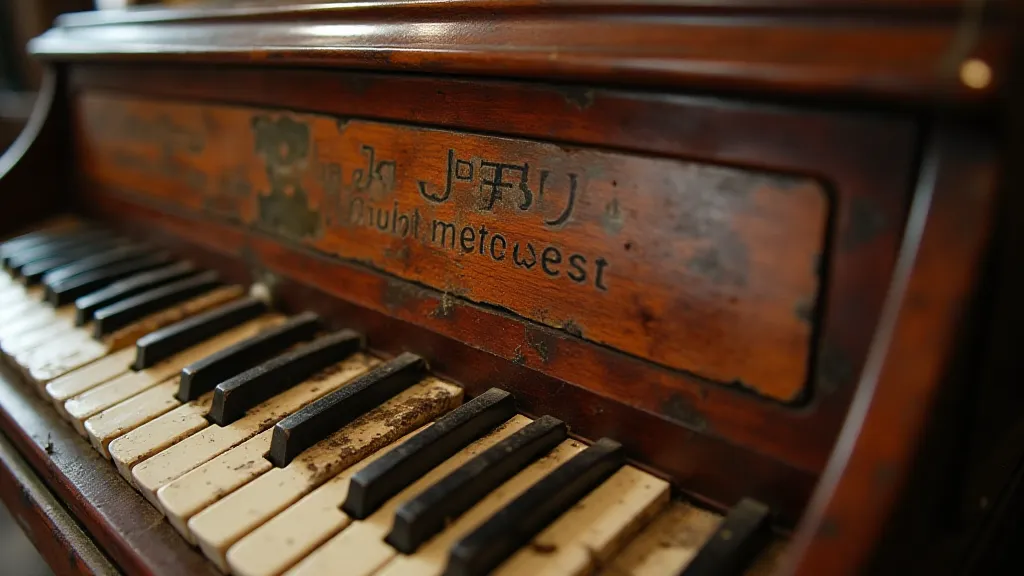
Restoration and Remembrance: Connecting to the Past
Just as I meticulously restore antique accordions, carefully preserving their original character while ensuring their functionality, so too must we strive to preserve and understand the history of Valencian rice cultivation. It's not about romanticizing the past; it's about acknowledging the struggles, celebrating the ingenuity, and honoring the people who shaped this cultural landscape. The echoes of past practices ripple through generations, and understanding them requires a critical and appreciative lens.
The process of accordion restoration is deeply meditative. It requires patience, attention to detail, and a profound respect for the craftsmanship of the original maker. Each crack, each faded varnish mark, tells a story – a story of use, of love, of neglect. I find it immensely satisfying to breathe new life into these forgotten instruments, allowing them to sing again.
Similarly, uncovering the history of Valencian rice cultivation demands a critical lens, examining the socio-economic implications and the voices of those often marginalized in traditional narratives. It’s about understanding the complex interplay of factors that shaped this cultural tradition – the Moorish innovation, the feudal systems, the resilience of the farmers, and the evolving nature of a seemingly simple dish. This careful examination echoes the approach needed for understanding many cherished cultural practices; a nuanced perspective that considers both the beauty and the hardships inherent in tradition.
Beyond the Surface: A Legacy of Resilience
Today, the rice fields of the Albufera still flourish, a testament to the enduring power of human adaptation and the unwavering connection between people and their land. Modernization has brought new technologies and challenges, but the fundamental principles of rice cultivation remain rooted in the traditions of generations past.
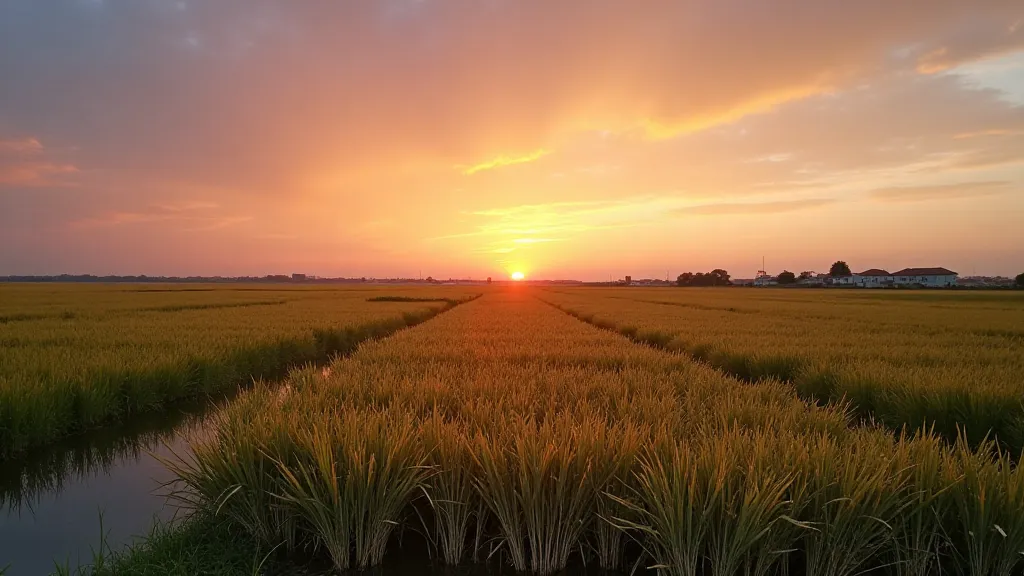
The story of Valencian rice cultivation is more than just a culinary tale; it’s a shadow history of labor, resilience, and cultural identity. It’s a story that reminds us to look beyond the surface, to appreciate the complexity of our traditions, and to honor the people who shaped them—much like an antique accordion, it resonates with the echoes of generations past, whispering stories of struggle, ingenuity, and the enduring power of human connection to the land. The preservation of food traditions is intrinsically linked to the preservation of cultural memory, ensuring that the stories of past generations continue to be told.


